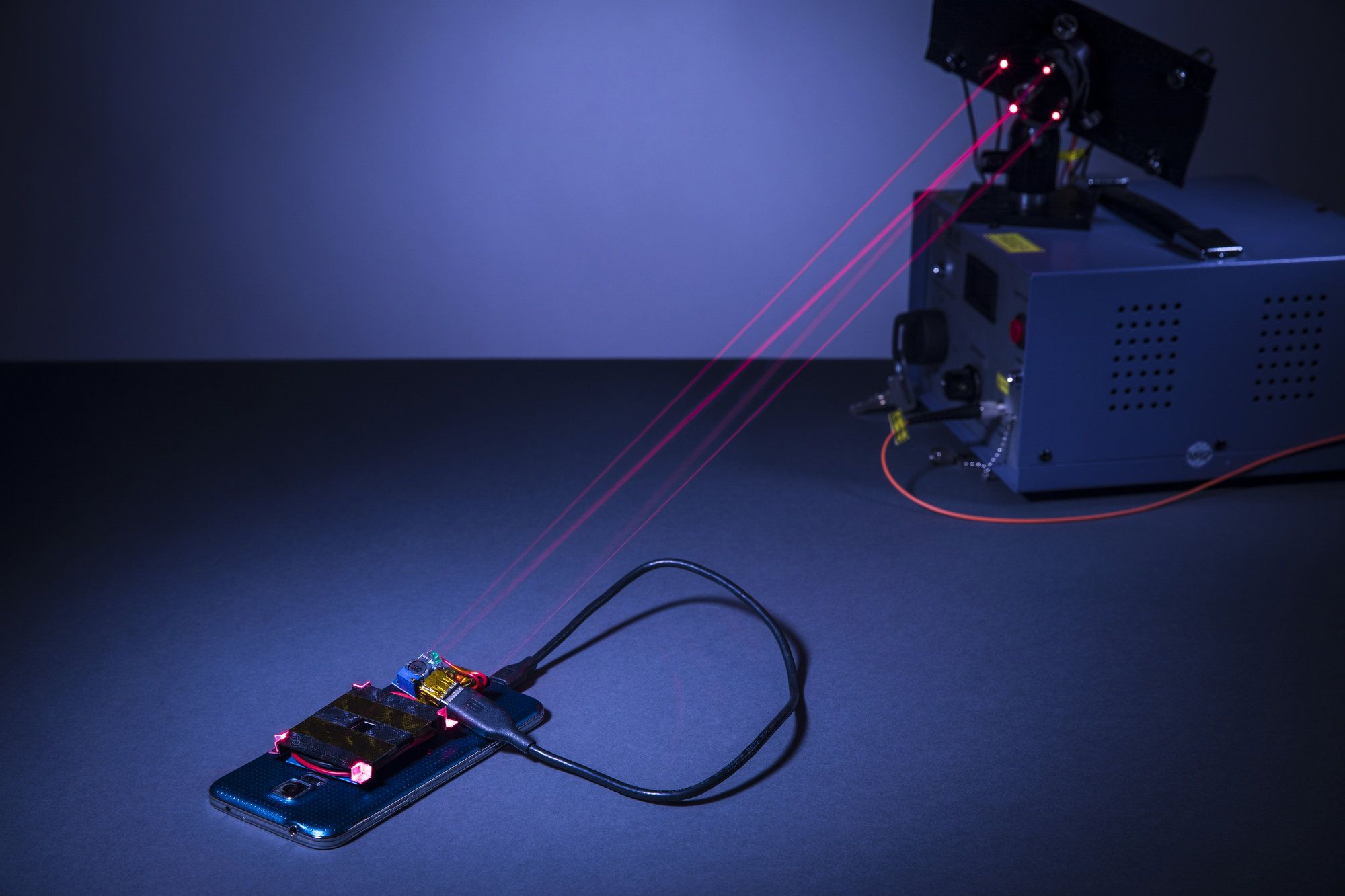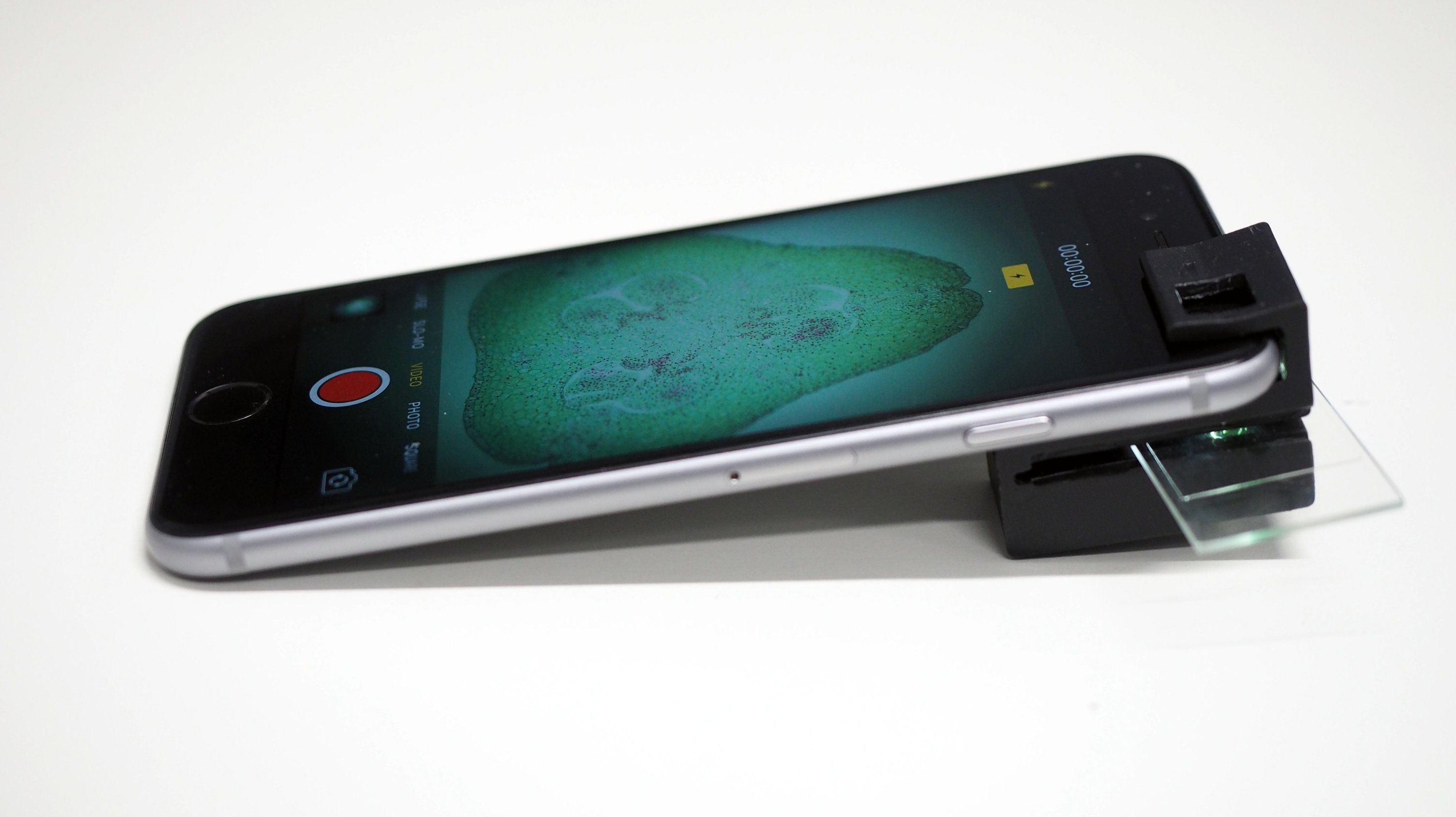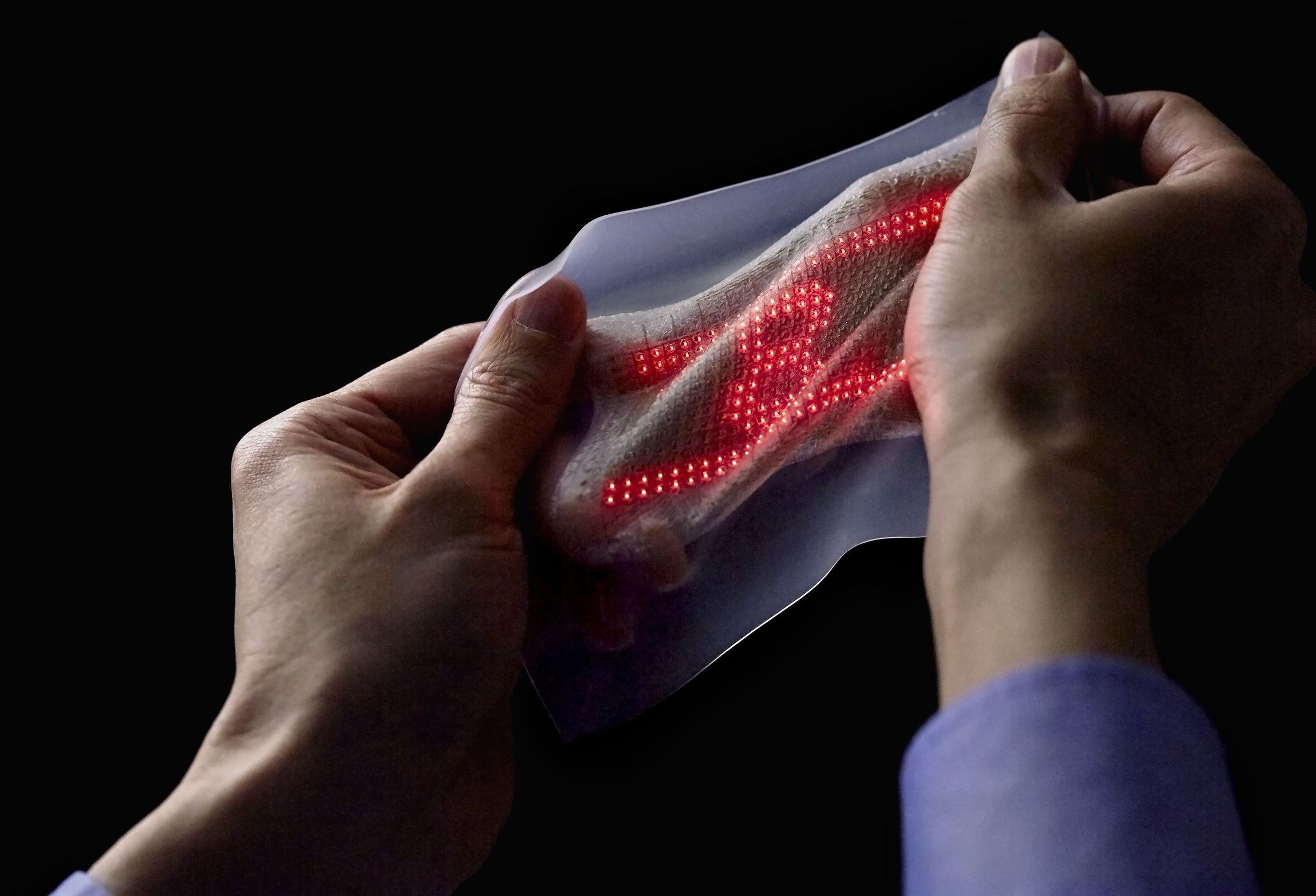Mar 1, 2018
Putting AI in Your Pocket: MIT Chip Cuts Neural Network Power Consumption
Posted by Shailesh Prasad in categories: mobile phones, robotics/AI
Neural networks are powerful things, but they need a lot of juice. Engineers at MIT have now developed a new chip that cuts neural nets’ power consumption by up to 95 percent, potentially allowing them to run on battery-powered mobile devices.
Smartphones these days are getting truly smart, with ever more AI-powered services like digital assistants and real-time translation. But typically the neural nets crunching the data for these services are in the cloud, with data from smartphones ferried back and forth.
That’s not ideal, as it requires a lot of communication bandwidth and means potentially sensitive data is being transmitted and stored on servers outside the user’s control. But the huge amounts of energy needed to power the GPUs neural networks run on make it impractical to implement them in devices that run on limited battery power.
Continue reading “Putting AI in Your Pocket: MIT Chip Cuts Neural Network Power Consumption” »


















